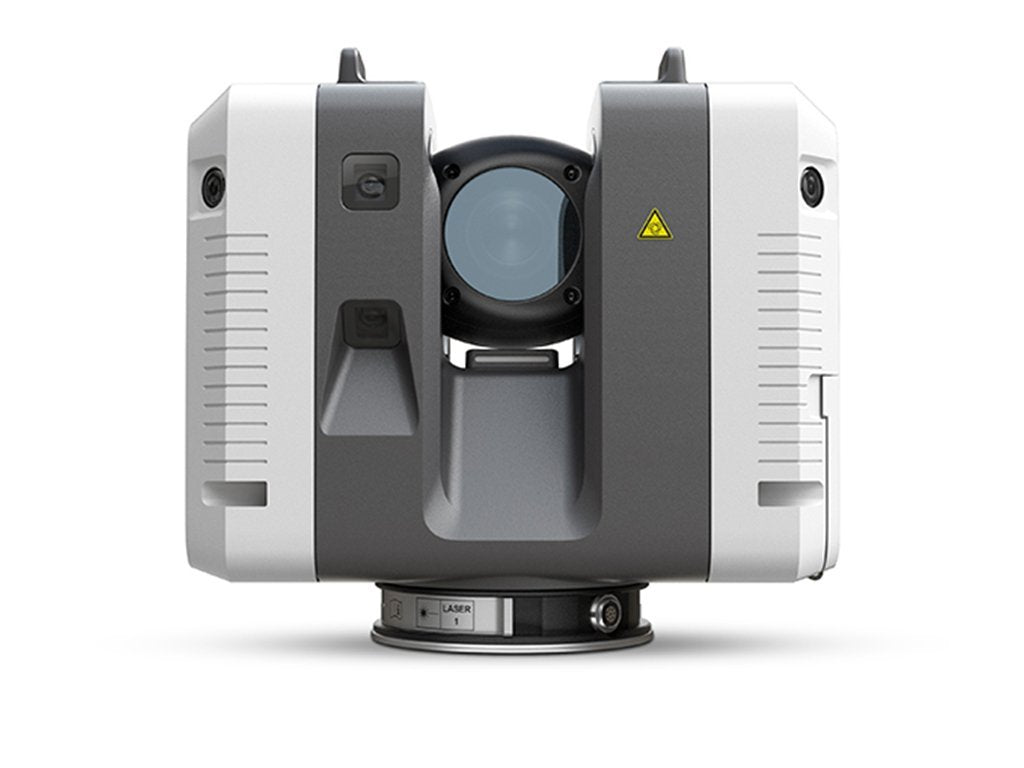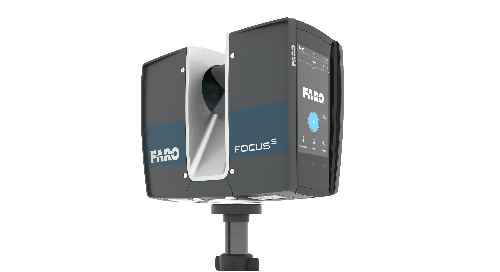Why Is 3D Scanning Essential for Contemporary Designers
Wiki Article
Exactly How 3D Laser Scanning Reinvents Architectural Design and Construction Projects
3D laser scanning is transforming the landscape of building layout and building and construction. This technology uses exceptional accuracy in recording existing atmospheres, which promotes better task planning and implementation. It decreases mistakes while improving effectiveness in various phases of development. The effects for partnership among designers, engineers, and other stakeholders are significant. These innovations unlock to brand-new style possibilities and innovative options. What lies ahead for this developing modern technology?The Principles of 3D Laser Scanning Innovation
3D laser scanning innovation may seem complex, its core principles are transformative and straightforward for building layout. This modern technology uses laser light beams to catch precise measurements of physical frameworks, creating a comprehensive point cloud that represents the scanned setting. A laser scanner produces rapid pulses of light, measuring the moment it takes for the light to return, which allows for the calculation of ranges with impressive precision.The resulting factor cloud can be exchanged a 3D design, giving designers with very useful aesthetic information. This design makes it possible for specialists to manipulate and analyze design elements within their tasks, enabling for innovative remedies and improved visualization. By using 3D laser scanning, architects can much better comprehend the present problems of a site, ensuring that brand-new layouts balance with their surroundings. This combination of technology into architectural layout marks a substantial advancement, cultivating imagination and precision in the field.

Enhancing Accuracy and Efficiency in Architectural Projects
As architectural jobs significantly demand precision and rate, 3D laser scanning becomes a pivotal tool in enhancing both accuracy and efficiency. This technology captures millions of data factors in a quick duration, developing accurate and detailed 3D models of existing frameworks. The capacity to get accurate dimensions lowers the threat of mistakes throughout the layout stage, permitting engineers to visualize their jobs with unequaled clarity.The rapid data collection procedure reduces the time invested on-site, allowing groups to concentrate on evaluation and layout enhancements. With real-time data availability, adjustments can be made quickly, advertising a much more streamlined operations. The assimilation of 3D laser scanning right into architectural techniques not only improves measurement accuracy but additionally improves the overall job timeline, facilitating quicker decision-making. In an industry where precision is essential, this technology stands as a transformative pressure, raising the standards of architectural style and construction jobs.
Simplifying Collaboration Among Stakeholders
While traditional architectural procedures frequently involve fragmented interaction among stakeholders, 3D laser scanning cultivates a more natural collaborative environment. By giving accurate, high-resolution data, this technology allows designers, professionals, designers, and customers to operate from a unified point of referral. The comprehensive visualizations produced via laser scanning eliminate misconceptions and obscurities, guaranteeing that all events have access to the exact same info.This openness enhances decision-making and urges timely responses, as stakeholders can easily picture layout elements and spatial relationships. On top of that, the assimilation of 3D scanning data right into Building Details Modeling (BIM) systems better enhances partnership, permitting real-time updates and alterations. Such seamless interaction not just decreases problems but likewise increases job timelines, as all stakeholders remain aligned throughout the layout and construction phases. Inevitably, 3D laser scanning transforms traditional workflows into a more joint and efficient process, profiting all parties included.
Opening Imaginative Possibilities in Layout
By making it possible for engineers to visualize intricate detailed information and spatial relationships, 3D laser scanning reveals creative opportunities in style. This technology permits exact mapping of existing environments, making it possible for designers to discover cutting-edge ideas that may have previously appeared unwise. With highly precise data, developers can try out unique forms and products, pressing the borders of standard architecture.Moreover, the combination of 3D laser scanning into the style procedure cultivates partnership amongst multidisciplinary groups, encouraging the exchange of concepts and enhancing creativity. The in-depth visualizations produced by this innovation not only help in recognizing potential layout difficulties but likewise motivate services that may not have actually been considered. Consequently, engineers can create extra vibrant and interesting areas that why not find out more resonate with users while fulfilling practical demands. Eventually, 3D laser scanning changes the building landscape, encouraging designers to recognize their visions with extraordinary precision and creative thinking.
The Future of 3D Laser Scanning in Architecture and Construction
The combination of 3D laser scanning into architectural style not just enhances creative thinking but likewise sets the stage for its evolving role in the future of architecture and construction. As innovation advancements, the precision and effectiveness of laser scanning will remain to enhance, allowing contractors and designers to produce a lot more complicated layouts with precision - 3D try here Scanning. Using this technology in real-time information collection will certainly facilitate better decision-making, reducing errors and streamlining operationsFuture applications may include augmented and online reality integrations, allowing stakeholders to envision tasks in immersive atmospheres. In enhancement, as sustainability comes to be a concern, 3D laser scanning will support the development of energy-efficient layouts by offering thorough understandings right into existing structures. As collaboration amongst different techniques comes to be even more vital, the capability to share accurate 3D designs will certainly promote development and boost project outcomes. Ultimately, 3D laser scanning will certainly redefine requirements in architectural design and building techniques.
Often Asked Questions
What Is the Price of Applying 3D Laser Scanning Innovation?

Just how Lengthy Does a Regular 3D Laser Scanning Job Take?
A typical 3D laser scanning project can take anywhere from a couple of hours to numerous days, depending on factors such as the task's dimension, intricacy, and the degree of detail needed for exact information capture.What Sorts Of Projects Benefit Many From 3D Laser Scanning?
3D laser scanning benefits numerous jobs, specifically large-scale constructions, historic repairs, and complicated remodellings. It improves precision in dimensions, decreases errors, and offers in-depth information necessary for effective preparation and execution in building style and building and construction.look at here now

Exist Details Software Programs Required for 3D Laser Scans?
Yes, details software application programs are essential for processing 3D laser scans. 3D Scanning. Popular choices consist of Autodesk Wrap-up, Faro Scene, and Leica Cyclone, each offering unique functions customized for picturing and assessing checked data effectively in different tasksJust How Does 3D Laser Scanning Influence Environmental Sustainability in Construction?
3D laser scanning boosts environmental sustainability in building and construction by minimizing material waste, enabling precise dimensions, and advertising efficient source usage. This modern technology enables for far better preparation, minimizing the environmental footprint of building and construction tasks via boosted precision and effectiveness.3D laser scanning is transforming the landscape of architectural style and construction. 3D laser scanning modern technology may seem complex, its core principles are straightforward and transformative for building layout. By making it possible for engineers to picture complicated spatial relationships and intricate details, 3D laser scanning exposes innovative possibilities in design. The integration of 3D laser scanning right into the design procedure cultivates cooperation among multidisciplinary groups, motivating the exchange of ideas and boosting creative thinking. The combination of 3D laser scanning into building design not just enhances creativity but likewise establishes the phase for its evolving function in the future of style and building and construction.
Report this wiki page